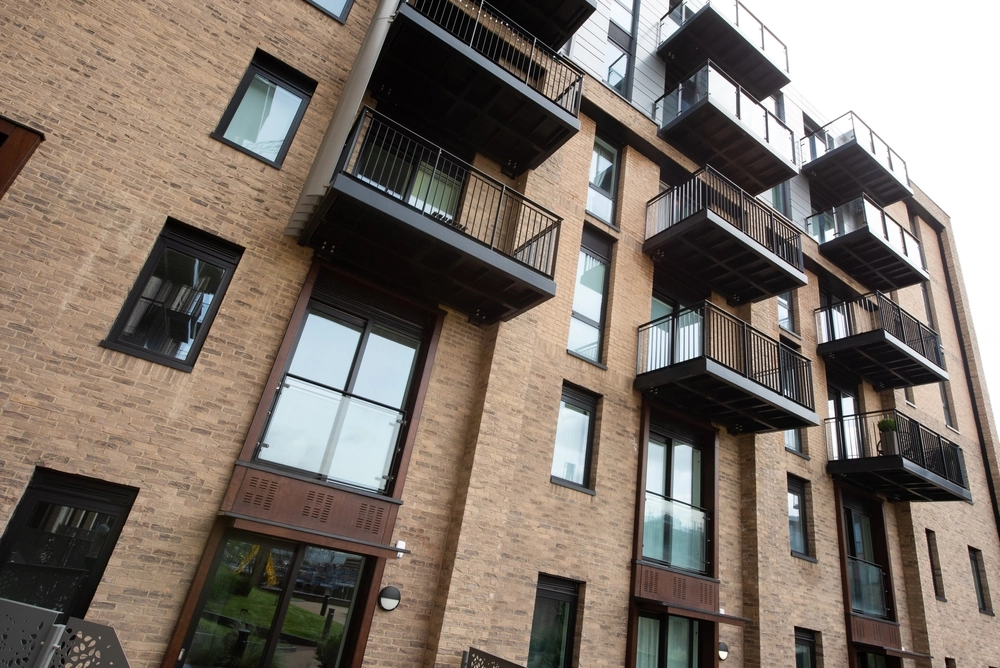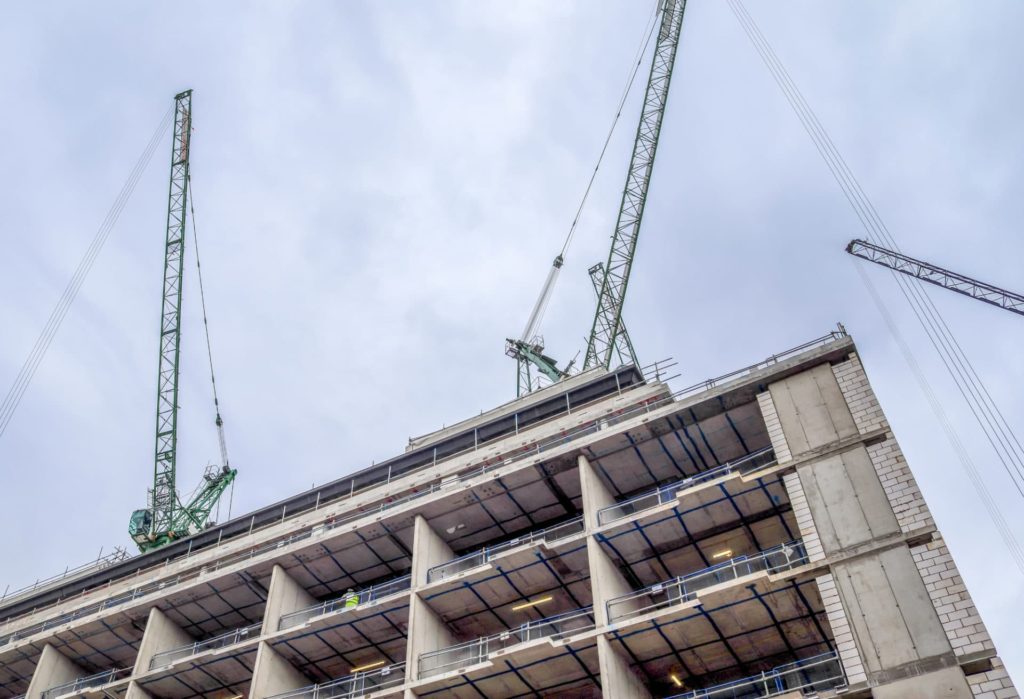What was the outcome of the case?
When considering the horizontal plane argument, the court looked at the S38 agreement and found its terms and plans showed a clear intention that a future road connection was required (via a bridge) and that the adoption plan showed the extent of the adopted area.
In terms of the second point of the S38 agreement limiting its effect to the area where physical work had been carried out pursuant to the planning permission, the court found there was no reason why the extent of works for which planning permission had been granted should dictate the extent of land adopted under a section 38 agreement. They also rejected that there necessarily had to be a ‘functional relationship’ between the land and the highway being adopted.
Dealing with the vertical plane argument, the court found that a “zone of ordinary use” was sufficient to include as much of the airspace above and as much of the land under the highway surface to enable the construction of the railway bridge (thereby applying the decision in Southwark).
Ultimately, the court granted the declaration sought by KBC that there was no gap between the adopted highway and the ownership boundary, and that the claimant was entitled to construct the bridge connection.








![Goodwill Hunting: MVL Properties v The Leadmill [2025] featured image](https://www.footanstey.com/wp-content/uploads/2025/03/beer-brewery-2024.jpg)





